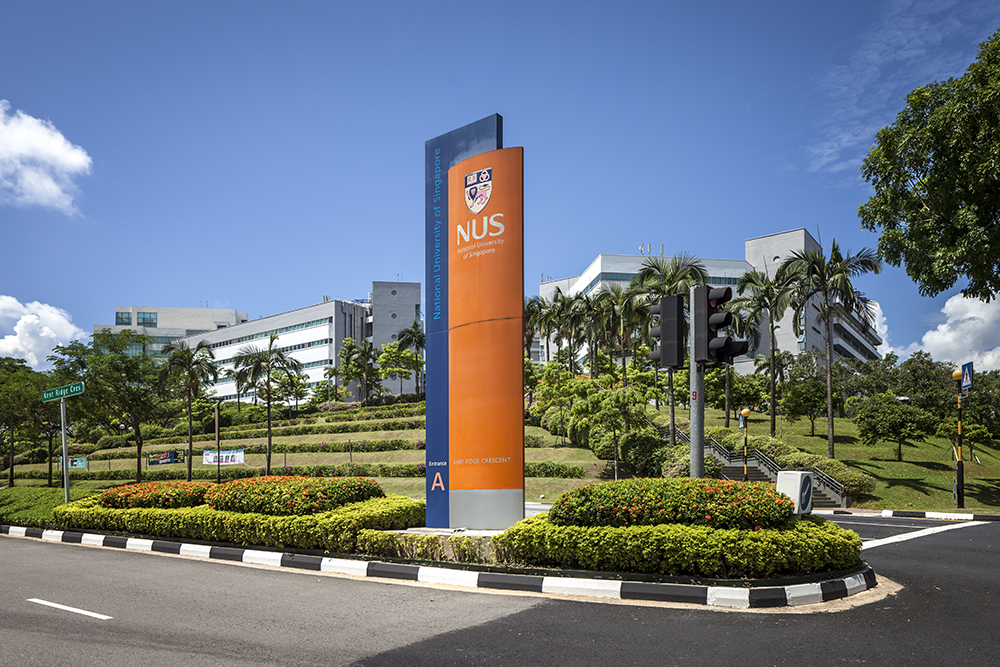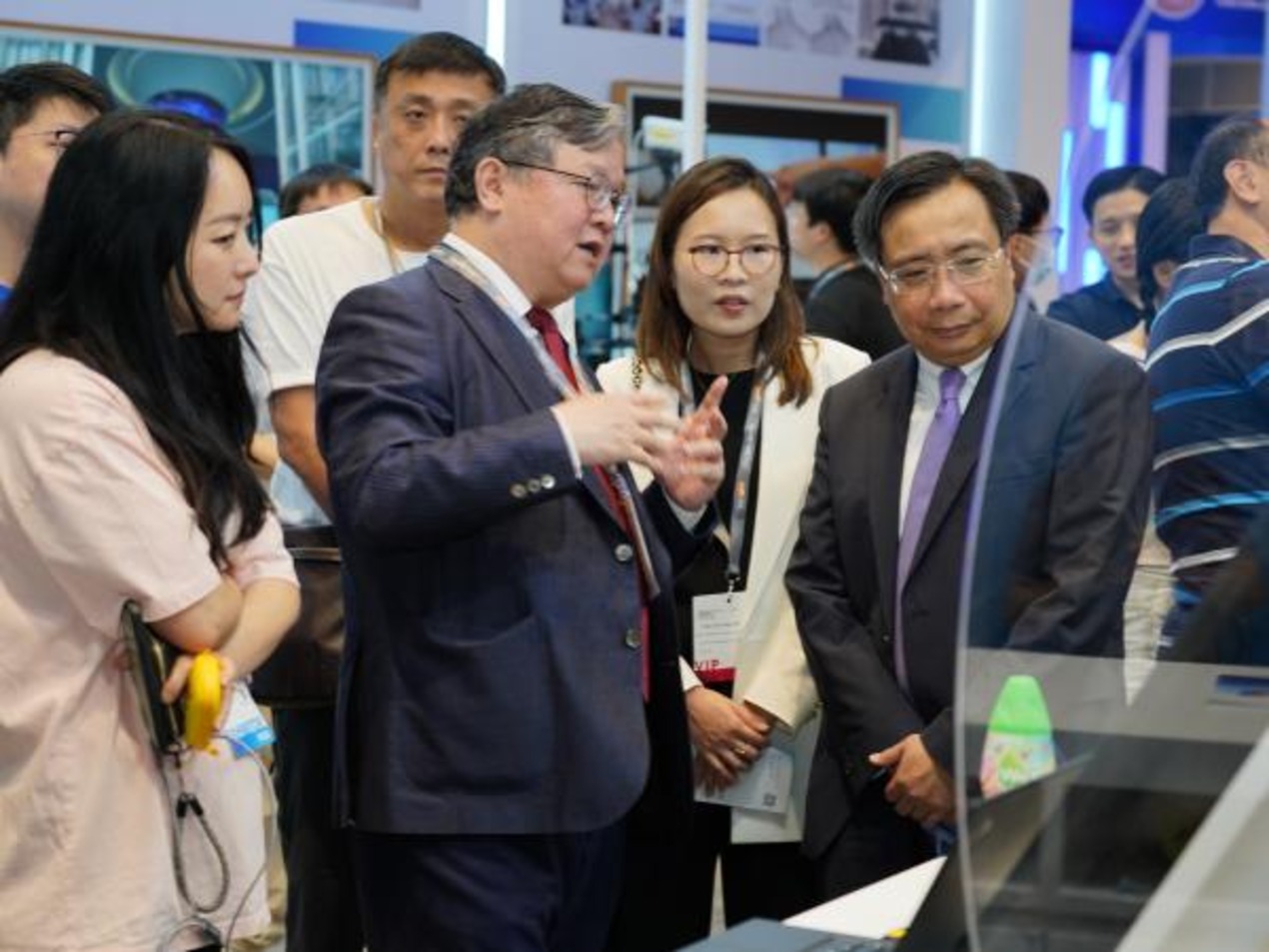
An AI-driven digital medicine platform, called Quadratic Phenotypic Optimisation Platform (QPOP), developed by researchers from the Cancer Science Institute of Singapore (CSI Singapore) at NUS is helping doctors make better clinical decisions when treating cancer patients.
“QPOP customises a drug combination for every patient. Using artificial intelligence, the tool ranks potential patient response to more than 500,000 drug combinations to identify the most effective drug combinations for a patient in less than one week,” said Associate Professor Edward Chow, who is the leader of the team that developed QPOP and Principal Investigator at CSI Singapore.
Platform improves decision-making for cancer treatment
“With just a small amount of blood or tumour sample from patients, QPOP derives potential drug combination effects by mapping the response that a smaller predetermined set of drug combinations had on the specific patient’s cancer cells. This enables doctors to make more informed decisions on possible treatment outcomes for patients,” added Professor Chow
QPOP has already proved to be successful in current and past cancer patient trials. As predicted by QPOP a combination of medication has shown to be more successful than standard medicines prescribed or treatments.
In 2018, QPOP was also used to achieve positive treatment outcomes for a patient who was suffering from hepatosplenic T-cell lymphoma, a type of blood cancer.
Assoc Prof Chow said, “These early successes in lymphoma have taught us a lot about how to use QPOP to improve patient outcomes. In addition to providing strong evidence that therapy custom-tailored to the patient is possible, this work has provided the foundation to move forward with the larger clinical trials needed to make QPOP more clinically available.”
QPOP testing is currently only offered in a clinical research study, conducted through the lymphoma teams at NCIS and National Cancer Centre Singapore (NCCS), enabled by a national collaborative grant on lymphoma.
Phase 2 clinical trial planned in future with funding
The research team at CSI Singapore, NCIS and NCCS hope to raise funds to conduct a phase 2 clinical trial where approximately 60 patients with relapsed lymphoma will be randomised into two groups – QPOP-guided choices and physicians’ preference.
Since the overall outcomes for refractory lymphoma on standard treatment are poor, the trial will help clinicians understand if using QPOP-defined treatment will help improve the survival and quality of life for these patients.



















